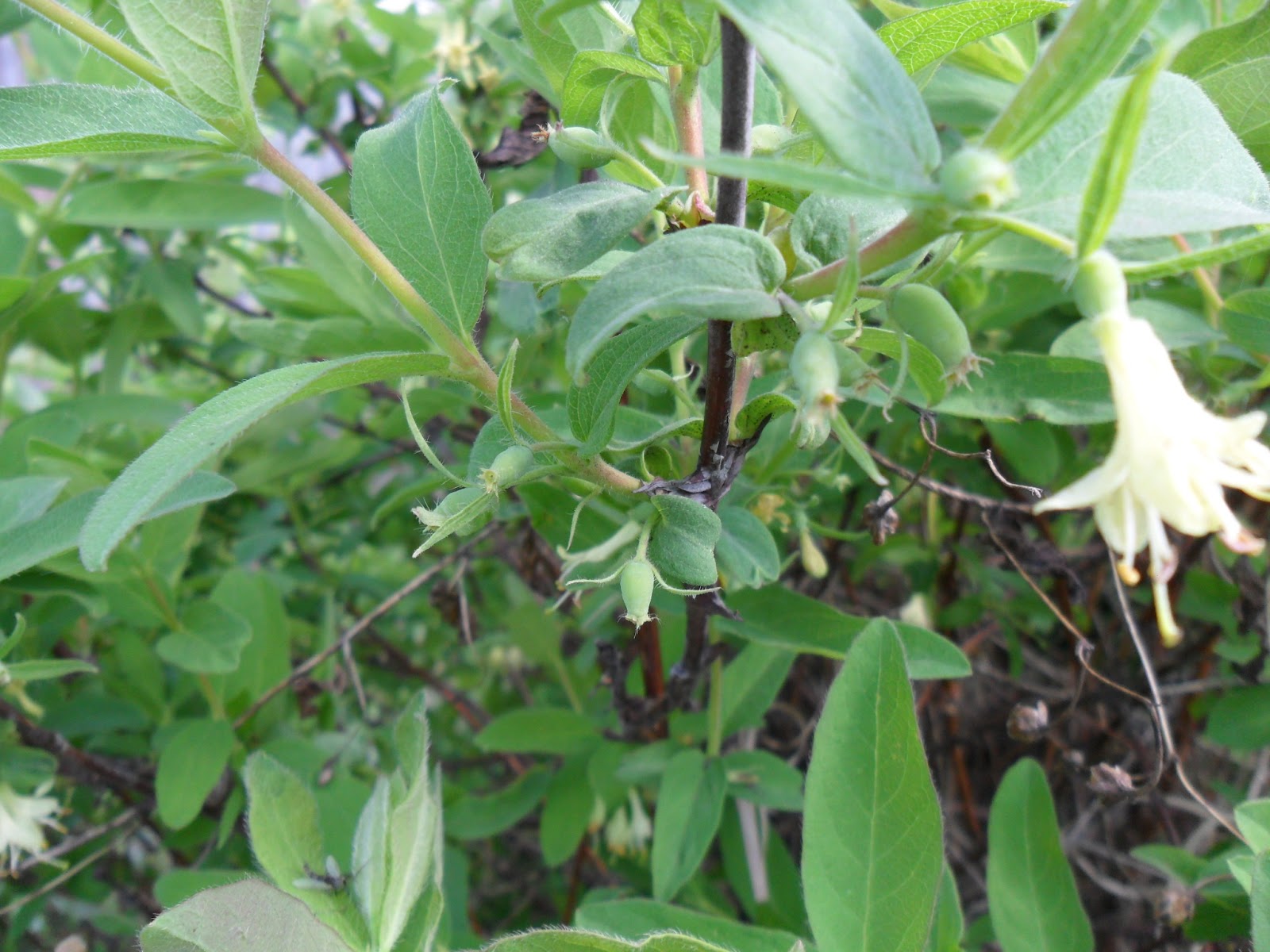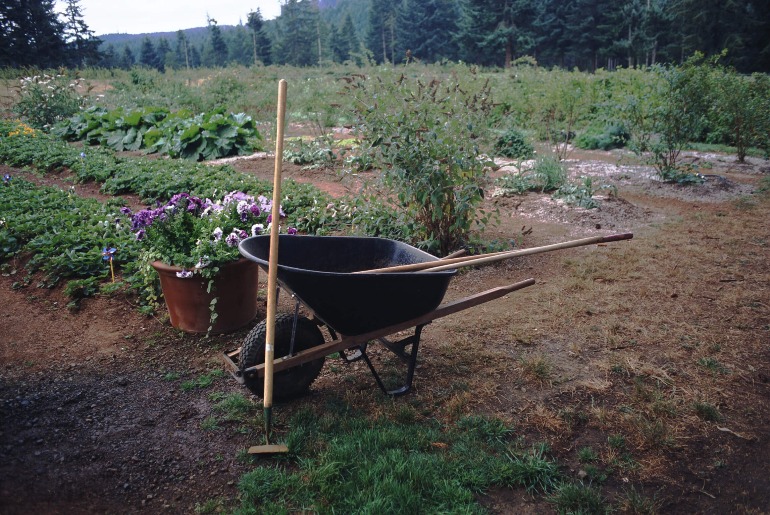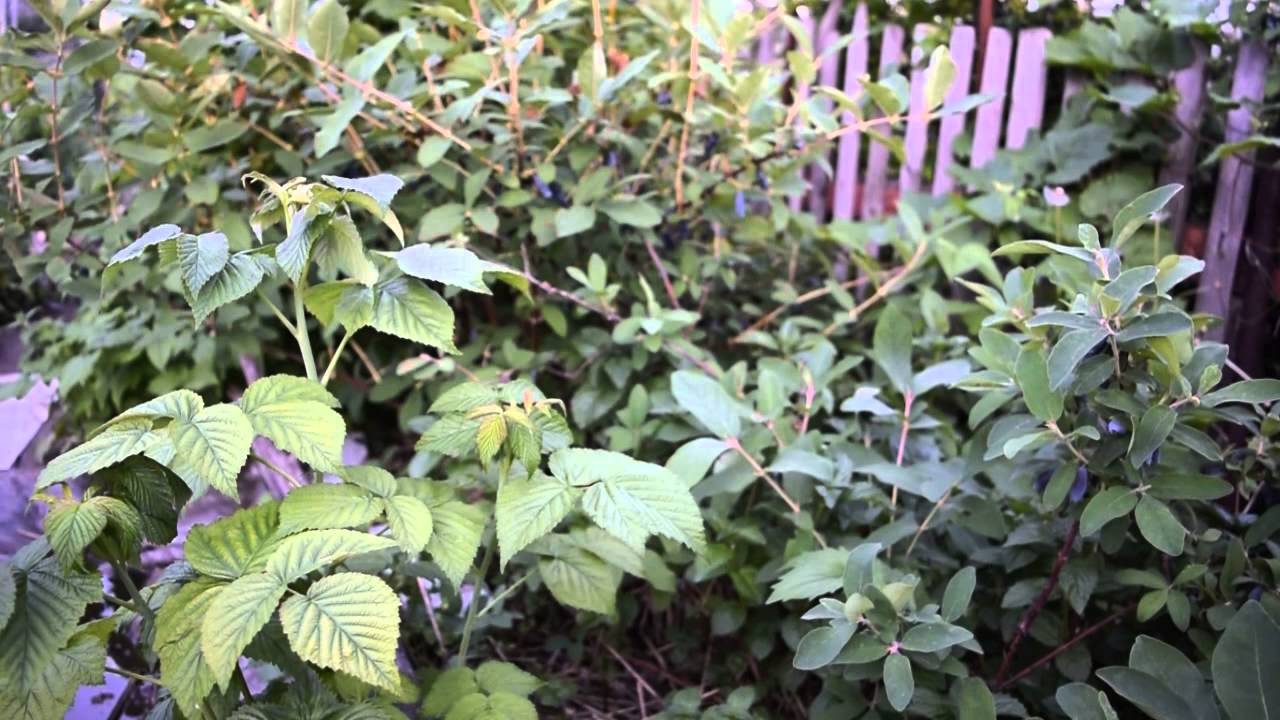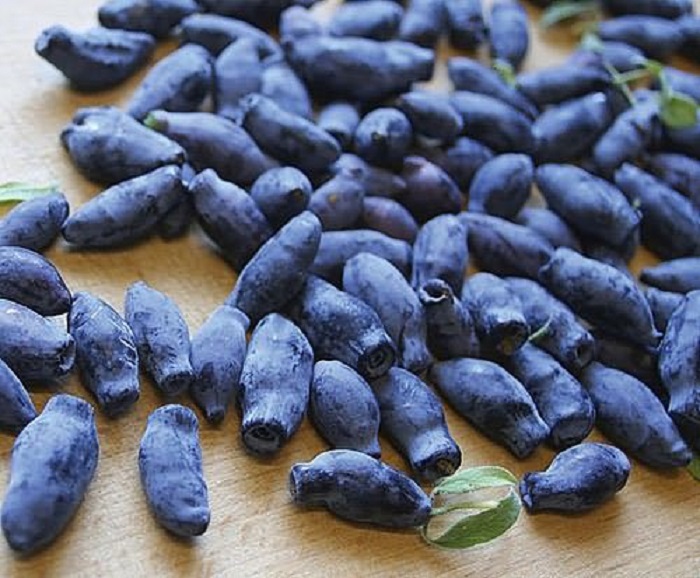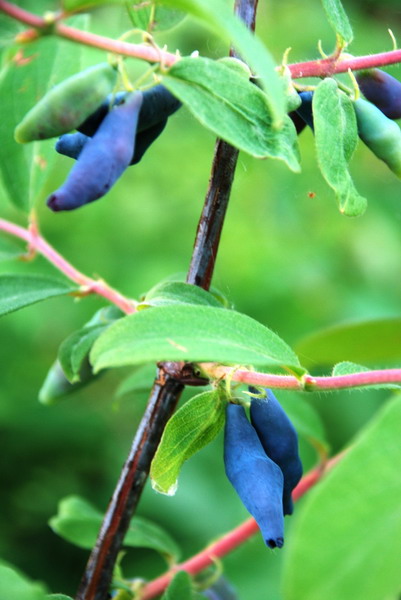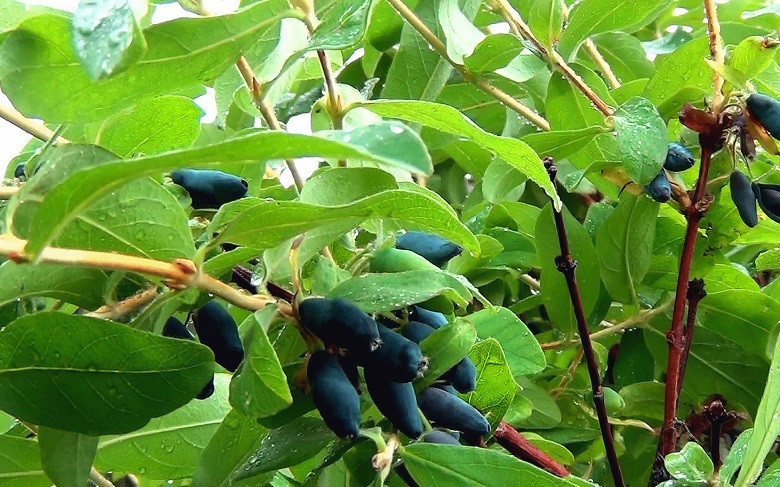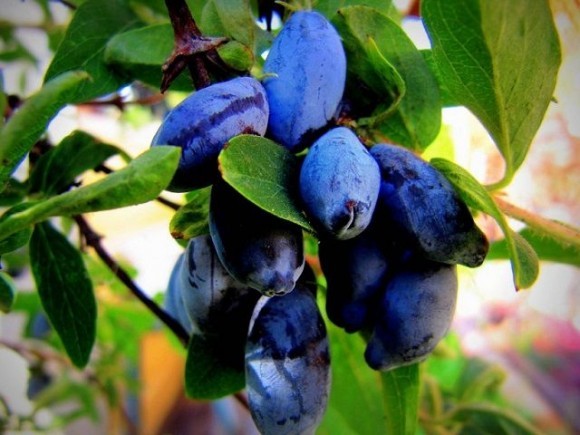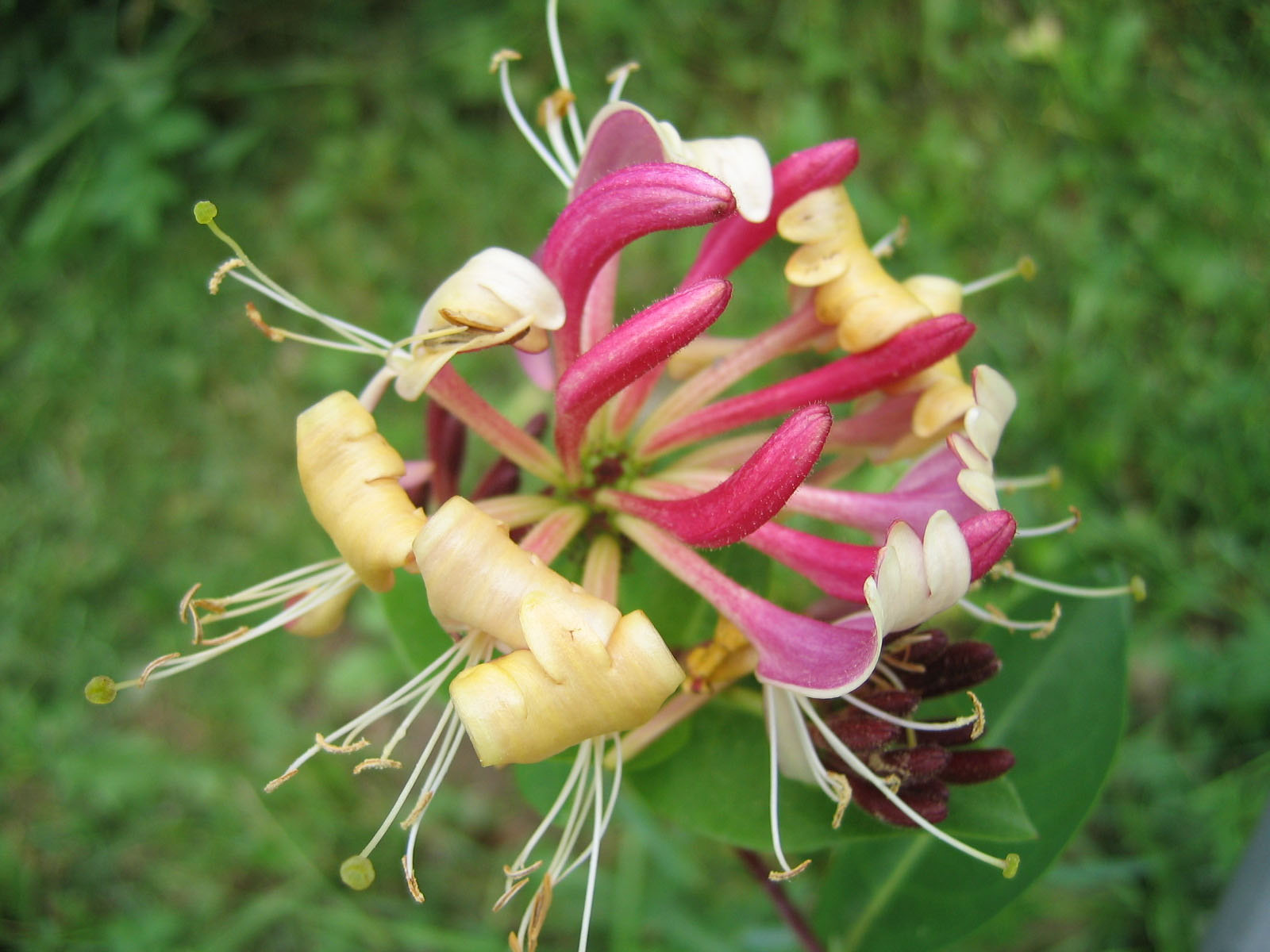Content:
Honeysuckle Blue Bird is a well-known edible variety, suitable for cultivation in all regions of Russia. The plant is resistant to frost, heat, disease and pests. A description of the variety, recommendations for planting and caring for seedlings are presented in this article.
The history of the creation of the variety
The Blue Bird variety was obtained in 1989 at the M.A. Lisavenko. A new variety of berry culture has turned out thanks to the pollination of wild Kamchatka honeysuckle seedlings.
The species was recommended for landing in the Northwest regions. But in a short time the variety became popular, and they began to breed it in all regions of Russia. Unpretentiousness in care and weather conditions, tasty and healthy berries have made the Bluebird the favorite of many gardeners.
Description and characteristics
The bushes reach a height of up to 1.5 m, they look massive due to the voluminous dense crown. With good care, the bushes stretch up to 2 m in length.
Description of the variety of honeysuckle Blue Bird, characteristic:
- Bushes with thin, fragile shoots. Young shoots are pale green in color. As the plant matures, the color changes to brick red;
- In adult bushes, the bark on the branches leaves in layers;
- Dark green leaves, oval;
- The berry is considered early maturing. Harvesting begins in mid-June;
- The plant is undemanding to soil;
- Blue bird is a frost-resistant variety. The shrub can withstand temperatures as low as -38 degrees;
- Bushes do not require special care;
- The berries are oblong oval. They grow up to 2 cm in length, by weight - up to 1.3 g. During the season they collect 1.5 kg from the bush;
- Berries are prone to shedding after ripening. Therefore, when the harvesting period begins, it is recommended to lay cloth or film under the bushes;
- Reproduction is carried out by seeds, layering, cuttings, dividing the bush;
- The bush is resistant to disease and pest attacks.
Fruiting varieties
The variety is self-fertile, but the plant needs pollination. For pollination of honeysuckle on the site, it is necessary to plant several types of shrubs. Most suitable:
- Moraine;
- Titmouse;
- Blue spindle;
- Cinderella;
- Kamchadalka.
The berries begin to ripen in early June, fully ripen at the end of the month.
The Blue Bird variety has medium-sized berries, but it remains the most popular species, due to the early ripening and taste of the berries - they are considered dessert.
Honeysuckle Berries Bluebird
The berries are sweet and sour in taste, they may be slightly bitter. The pulp is juicy and tender. The fruit is dark blue in color with a waxy coating. Berry composition:
- Vitamins C and P;
- Sahara;
- Acids.
Ripe berries are poorly transported. They are eaten fresh, frozen for storage. Delicious jams and preserves are made from berries. Honeysuckle juice is used as a blue food coloring. During heat treatment, almost all nutrients are destroyed.
Growing tips
The bluebird among the varieties of honeysuckle is distinguished by its rapid adaptation to harsh weather conditions. To grow a bush, you do not need to feed the land or select special soil.
Honeysuckle is a moisture-loving shrub, it is recommended to water it regularly. But it is important to prevent excessive soil moisture - this leads to root rot. Therefore, the gardener must monitor the moisture content of the soil around the bush.
The bushes have a large crown, so the distance between the bushes must be at least 1.5 m.The place for planting young seedlings should be sunny and calm. Small berries grow in the shade, they ripen sour, can taste bitter. If the bushes are planted in an open area, the wind can break the branches, then the bush will dry out.
Instructions for planting seedlings:
- Dig a hole 50x50x40 cm in size. Prepare fertilizers for planting a young cutting (humus, wood ash, phosphorus and potassium fertilizers);
- Mix everything thoroughly, pour into the hole. Sprinkle on top with a small layer of soil, the roots should not come into contact with the fertilizer;
- Place the seedling in the center of the hole, straighten the roots, sprinkle the empty space with earth, tamp the hole with your hands;
- Pour water over the hole, after the moisture has been absorbed, pour a layer of sawdust around the hole. Mulching helps prevent soil from drying out, crusting the ground and preventing weeds from growing.
Planting seedlings begins in early spring or autumn. They can be sold open-rooted or potted. Seedlings are purchased in specialized stores or nurseries. They should be free of visible damage, roots without creases, well germinated.
Cuttings with an open root system are planted in the ground shortly after purchase. Young seedlings in a flowerpot can be replanted when weather conditions are right for planting.
The bushes grow slowly during the first three seasons. After fruiting, honeysuckle develops more actively. The harvest begins in the third year.
On a note. A perennial crop can yield up to 25 years of harvest with proper care and bush rejuvenation procedures.
Honeysuckle care
The Blue Bird variety will not take much time and effort to care for the bushes. The fruit variety tolerates heat and frost well, therefore, it is not required to additionally cover and tie up the bushes for the winter.
Gardeners should carry out several grooming procedures:
- Regular moderate watering;
- Mulching;
- Pruning;
- Top dressing;
- Loosening, weeding.
It is recommended to loosen the soil with a rake to a depth of 5 cm. It is necessary to perform the procedure after watering. Then a layer of mulch is poured under each hole.
Watering is recommended 2 times a week, 10-15 liters per bush. In strong sun, the number of waterings is increased. The water should be settled, warmed up to 22 degrees.
If fertilizers were poured into the ground during planting of seedlings, then the first two seasons do not need to be fertilized. In the third year, additional feeding can be done. Nitrogen-containing preparations are used:
- Ammonium sulfate;
- Ammonium nitrate.
Advantages and disadvantages
Gardeners leave positive reviews about the Blue Bird variety. Honeysuckle has the following advantages:
- Good frost resistance. Honeysuckle is successfully bred in the northern regions of the country. It can withstand severe frosts, no need to cover bushes for the winter. Flower buds tolerate spring frosts;
- Unpretentious plant to care for. Honeysuckle adapts to the harshest conditions. Almost any soil is suitable for growing;
- Early ripening of berries;
- Disease and pest resistance;
- Fruit taste: berries were rated at 4.5 points, dessert variety Blue Bird.
The disadvantages include:
- Relatively small size of berries;
- The need to water regularly, but do not allow moisture to linger for a long time;
- Self-infertility. This is common for all types of honeysuckle. A pollinator (several different varieties) will need to be planted on the site;
- High crumbling of berries during ripening.
On a note. To preserve the harvest, gardeners lay cloth or film on the ground. So you can easily collect the peeled berries.
Honeysuckle Bluebird remains a favorite among the many varieties of dark blue berries. Ease of care, disease resistance allow even inexperienced gardeners to grow crops.
